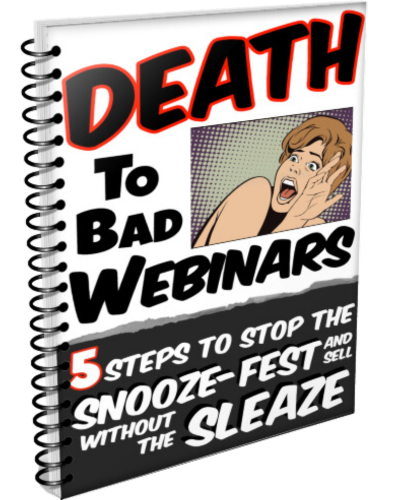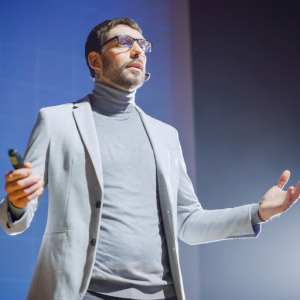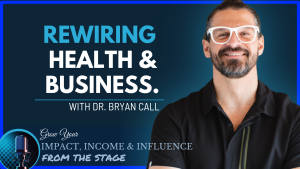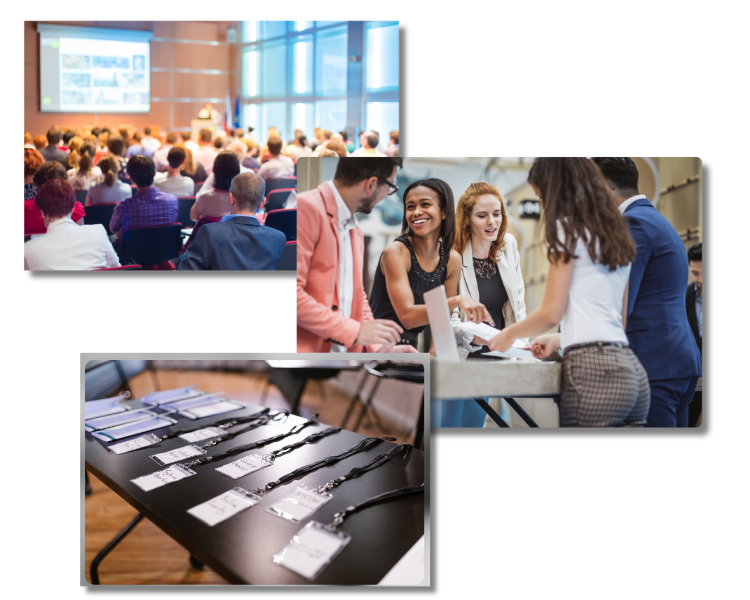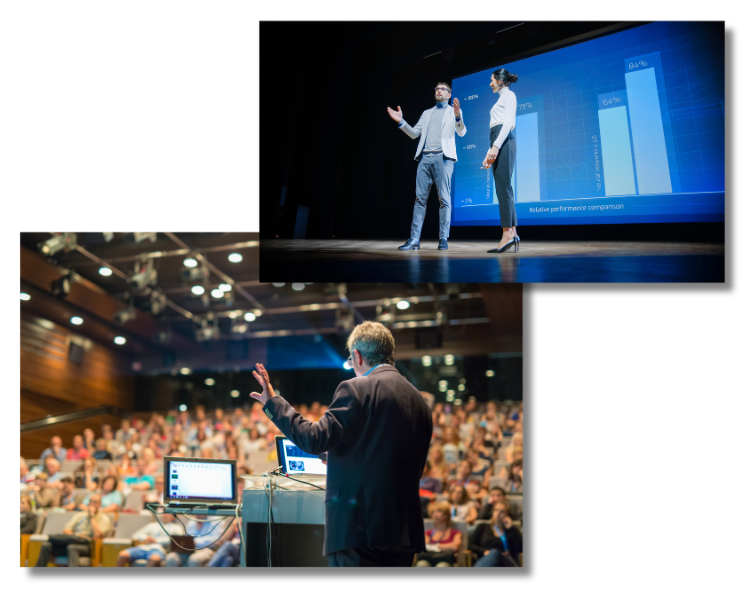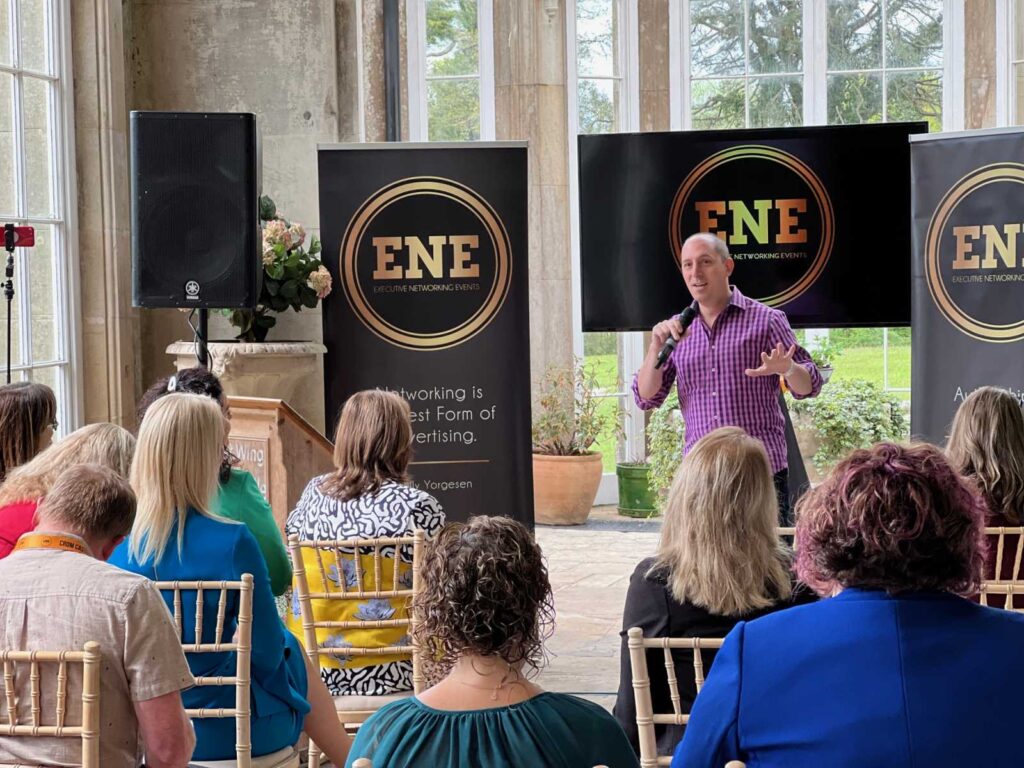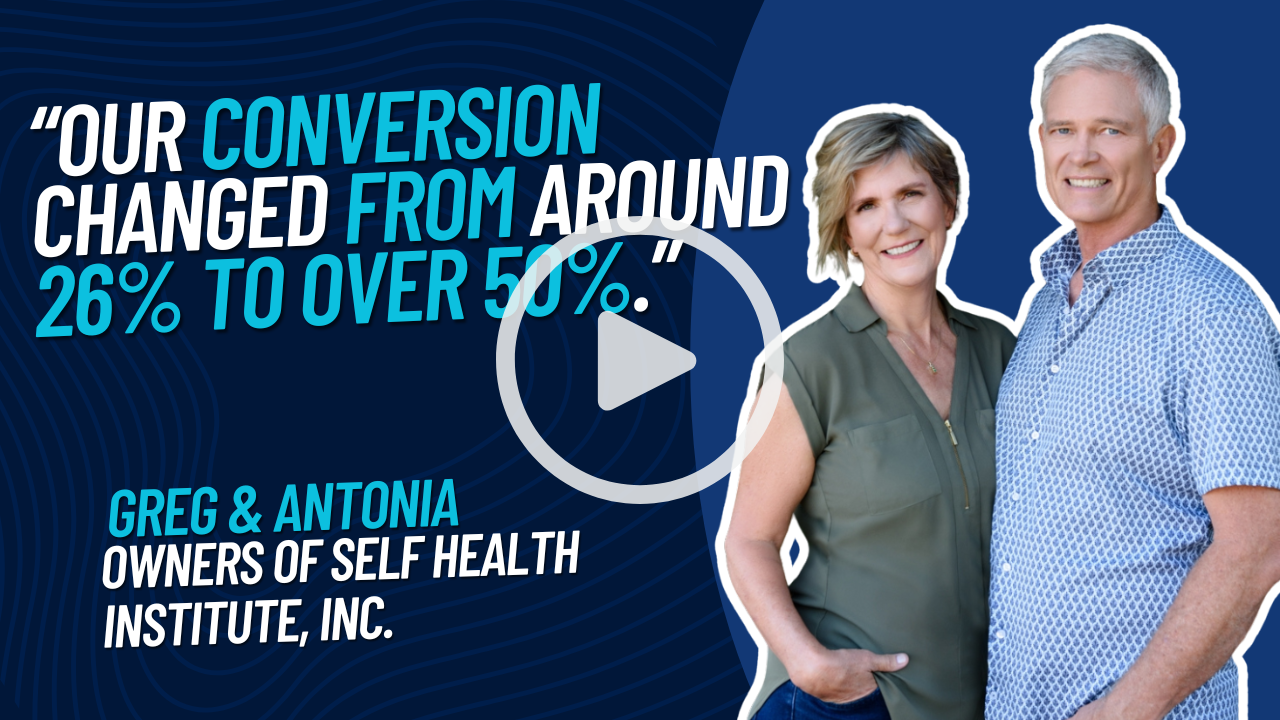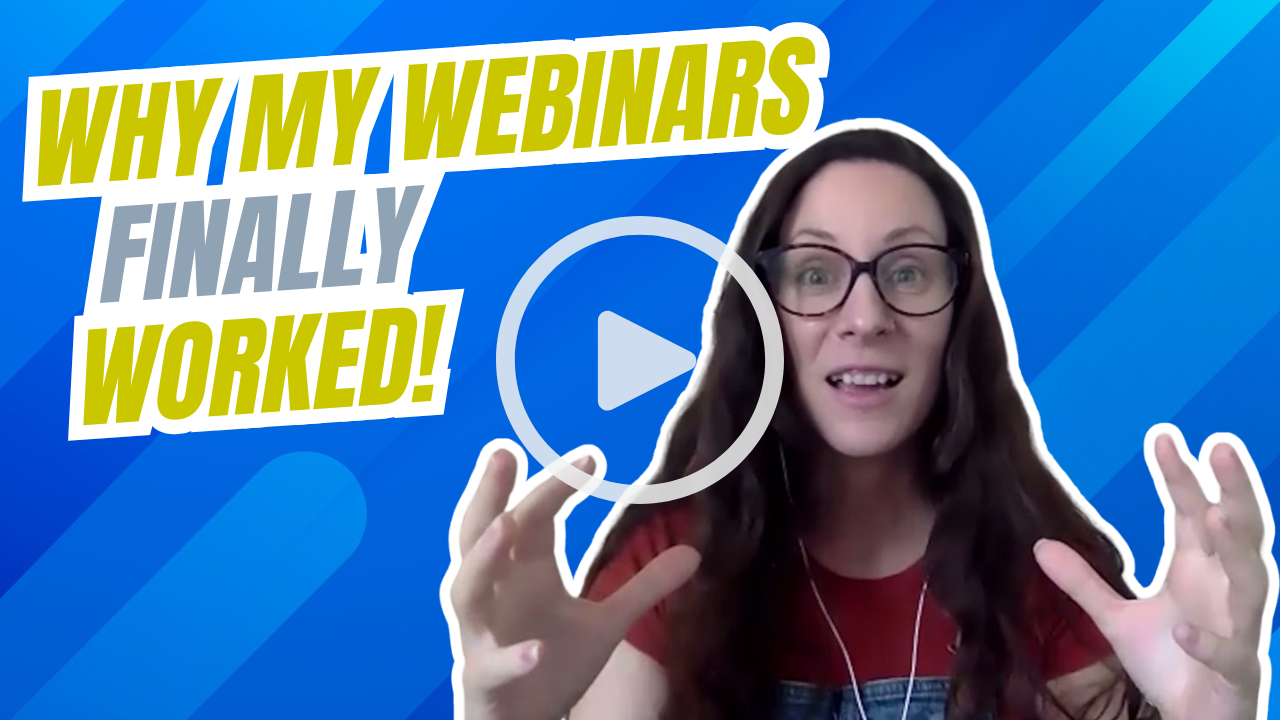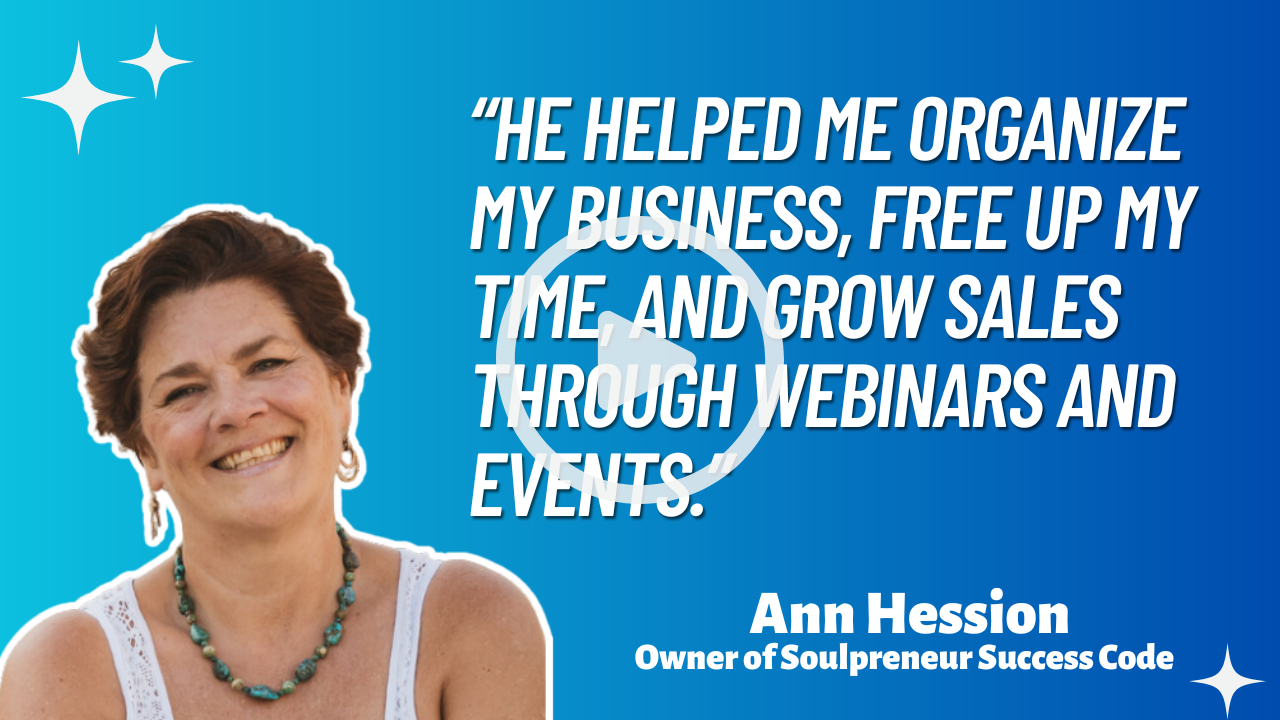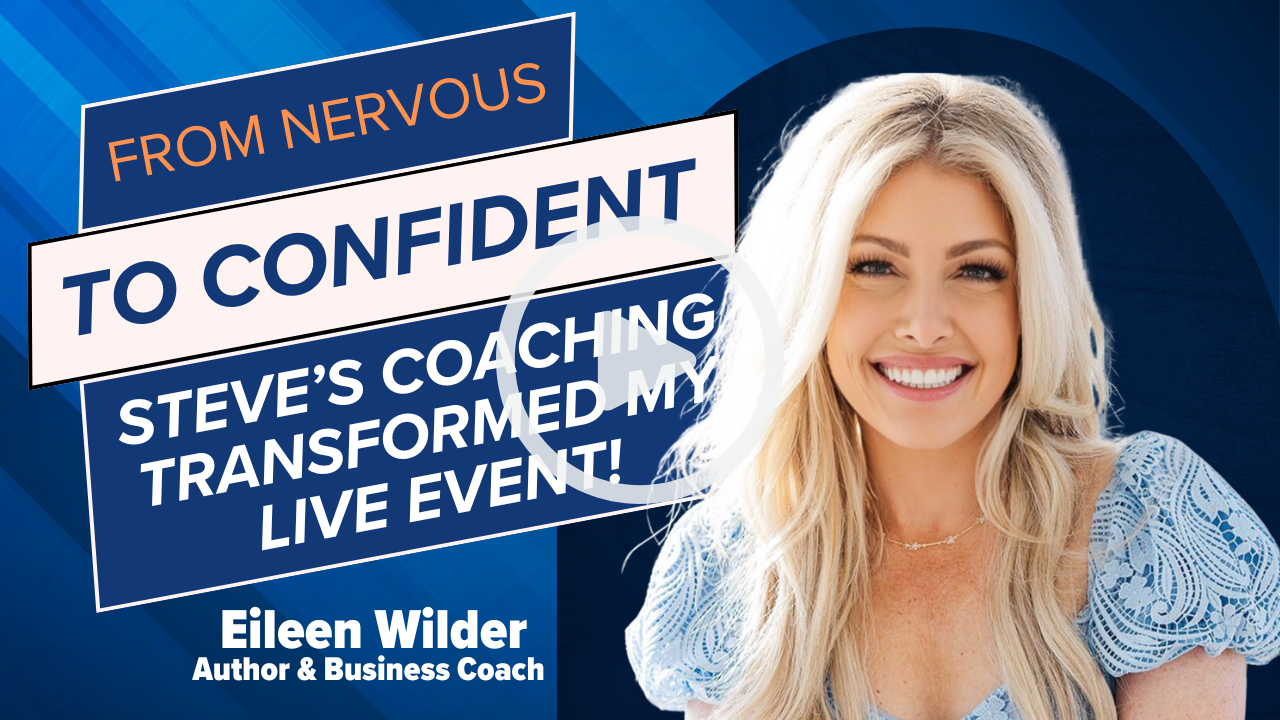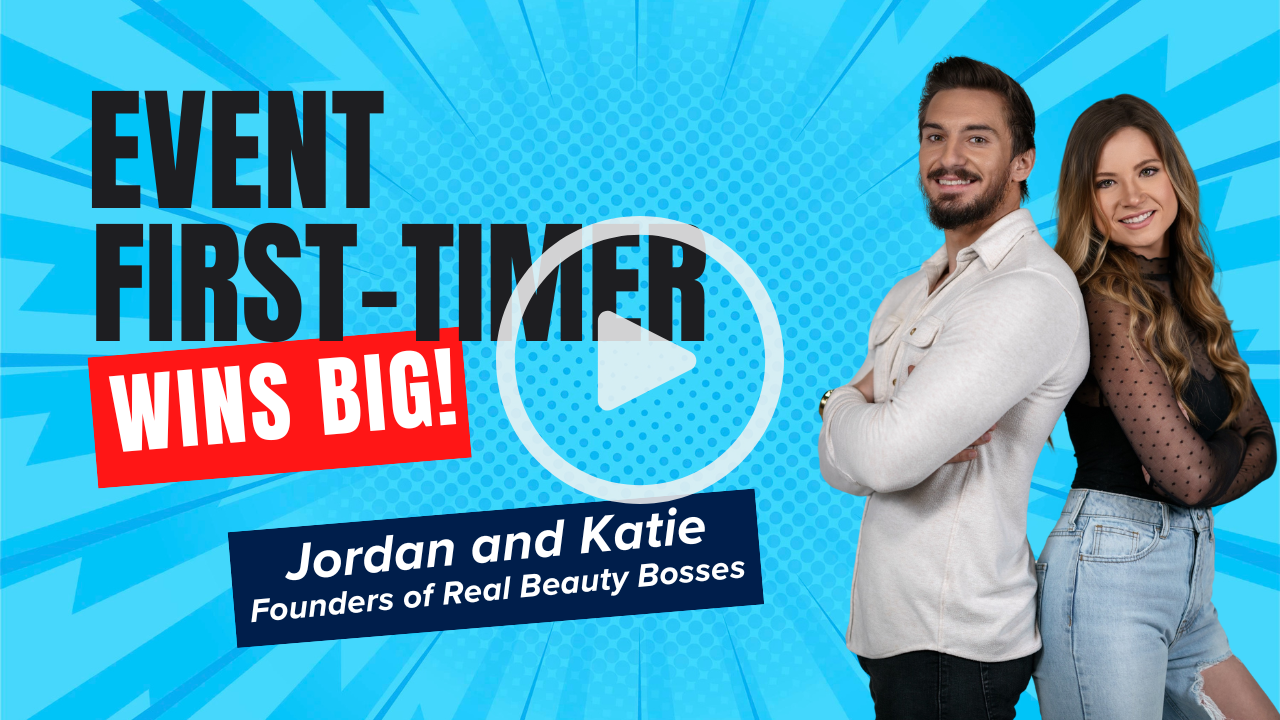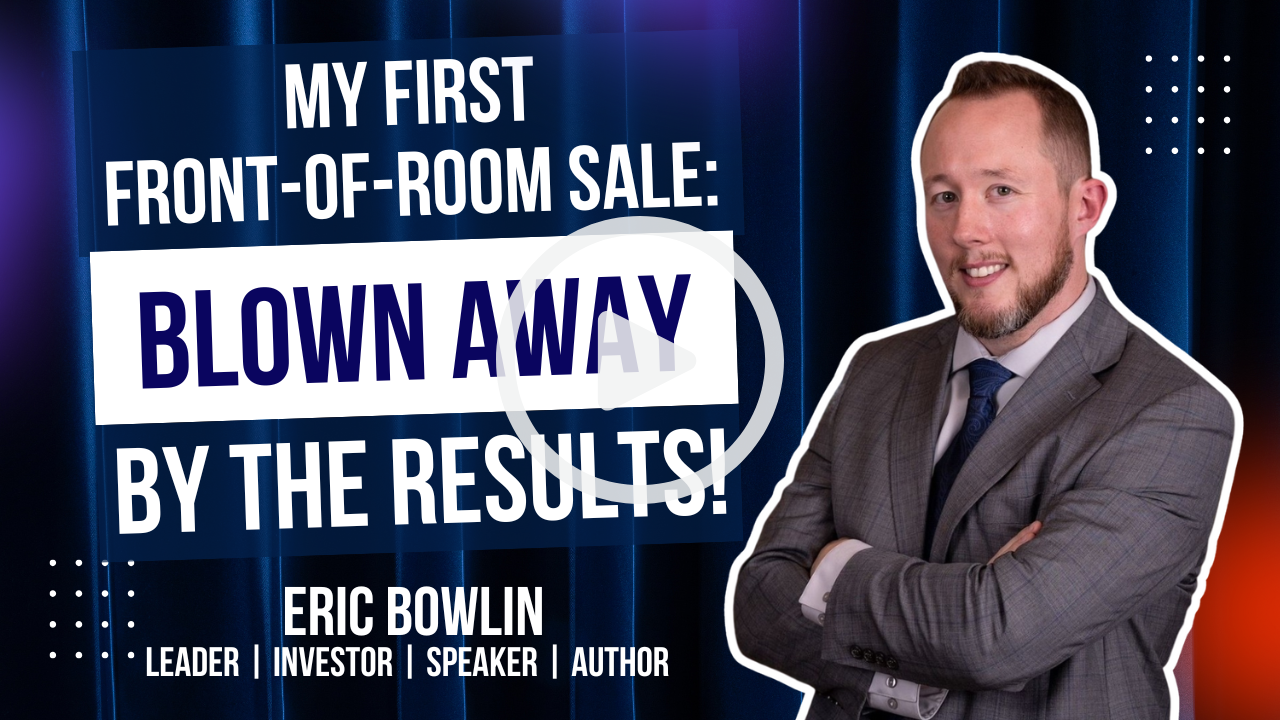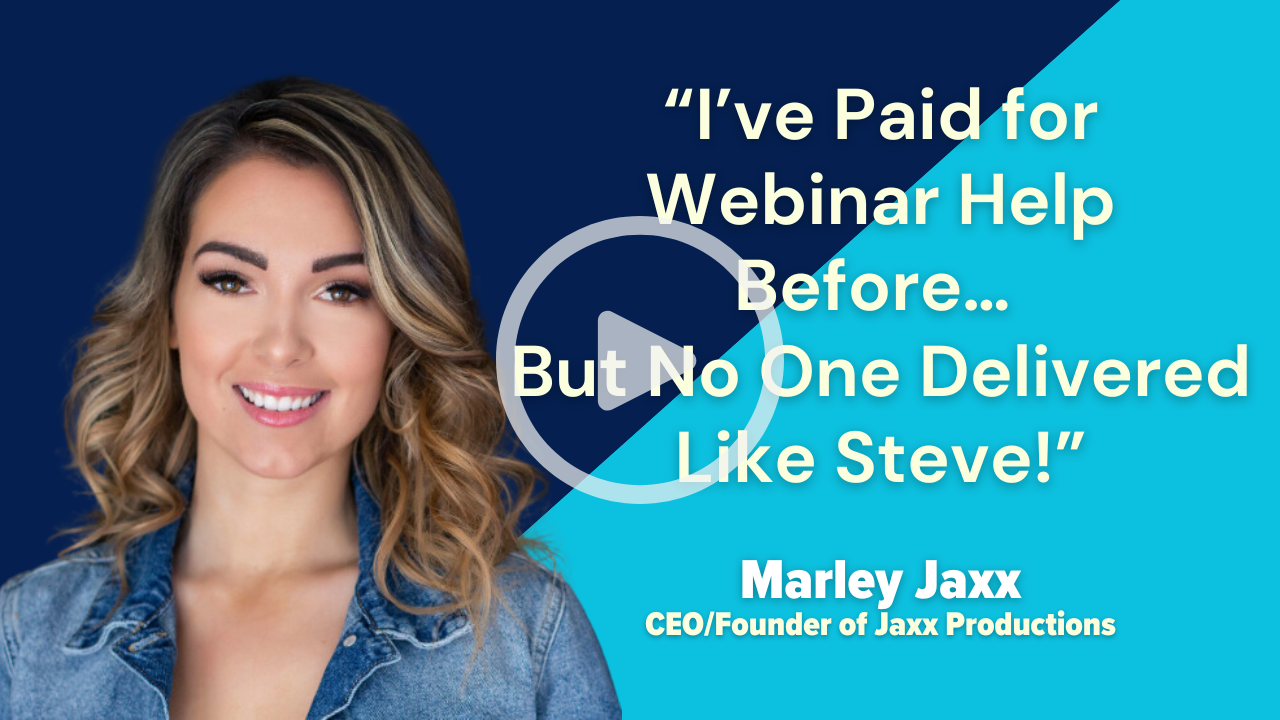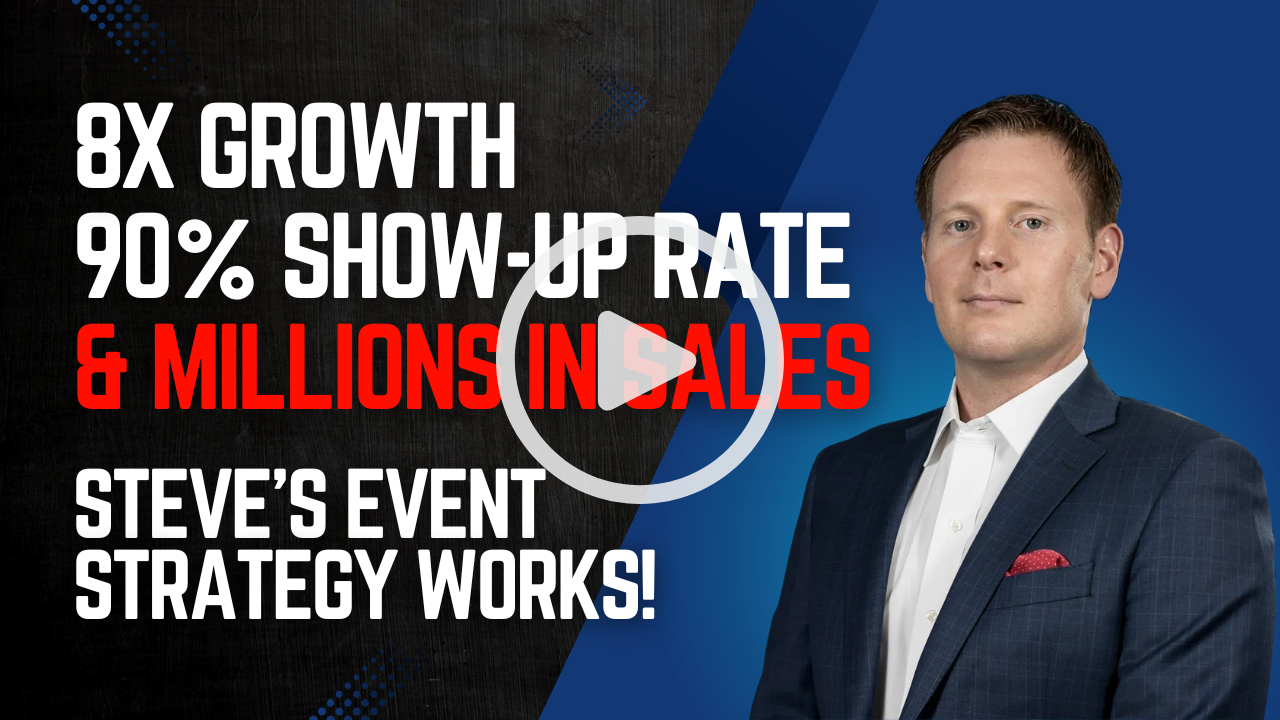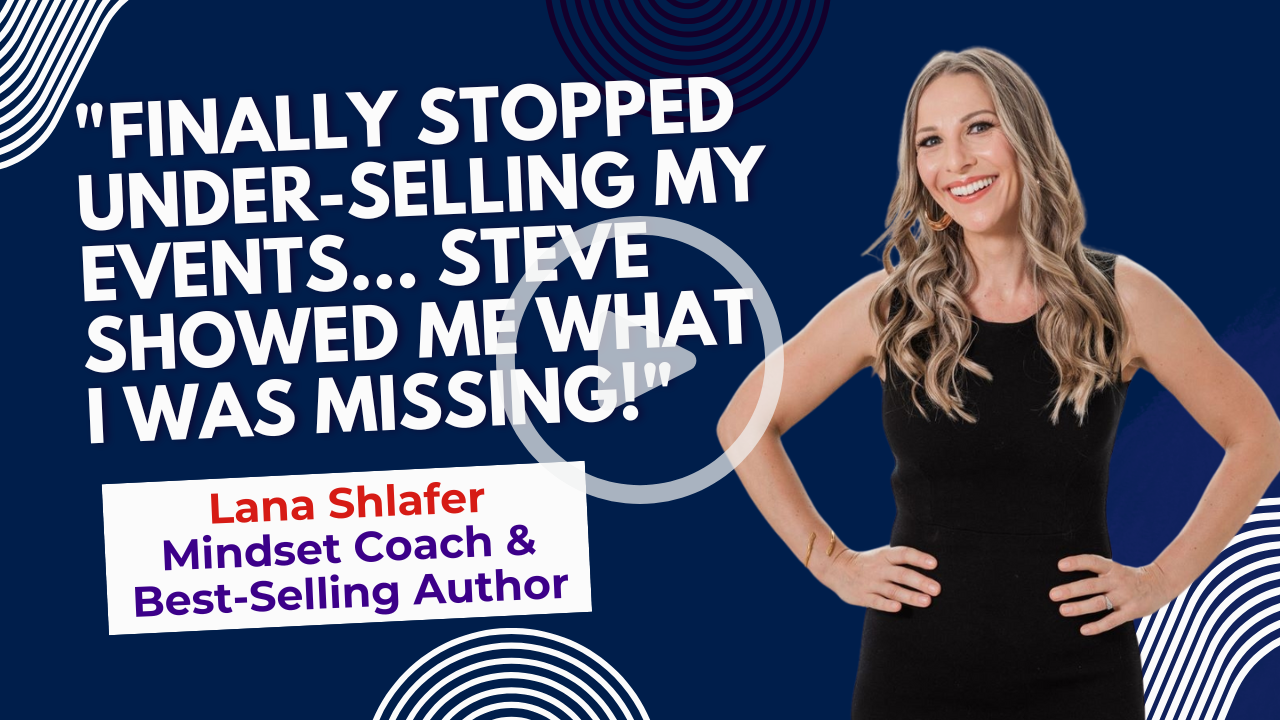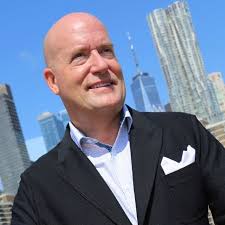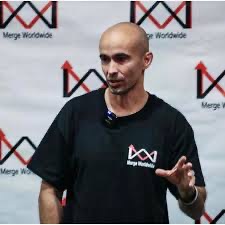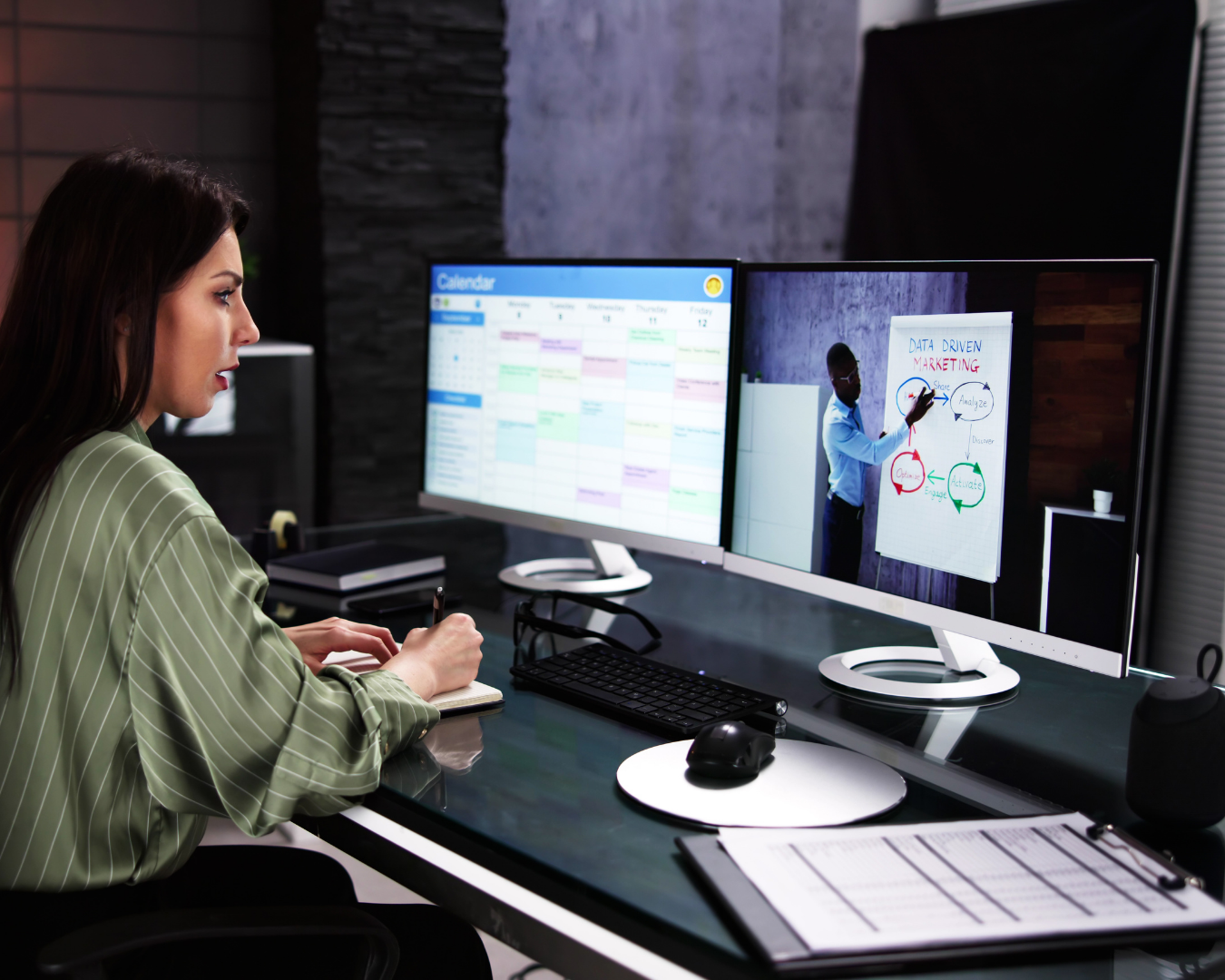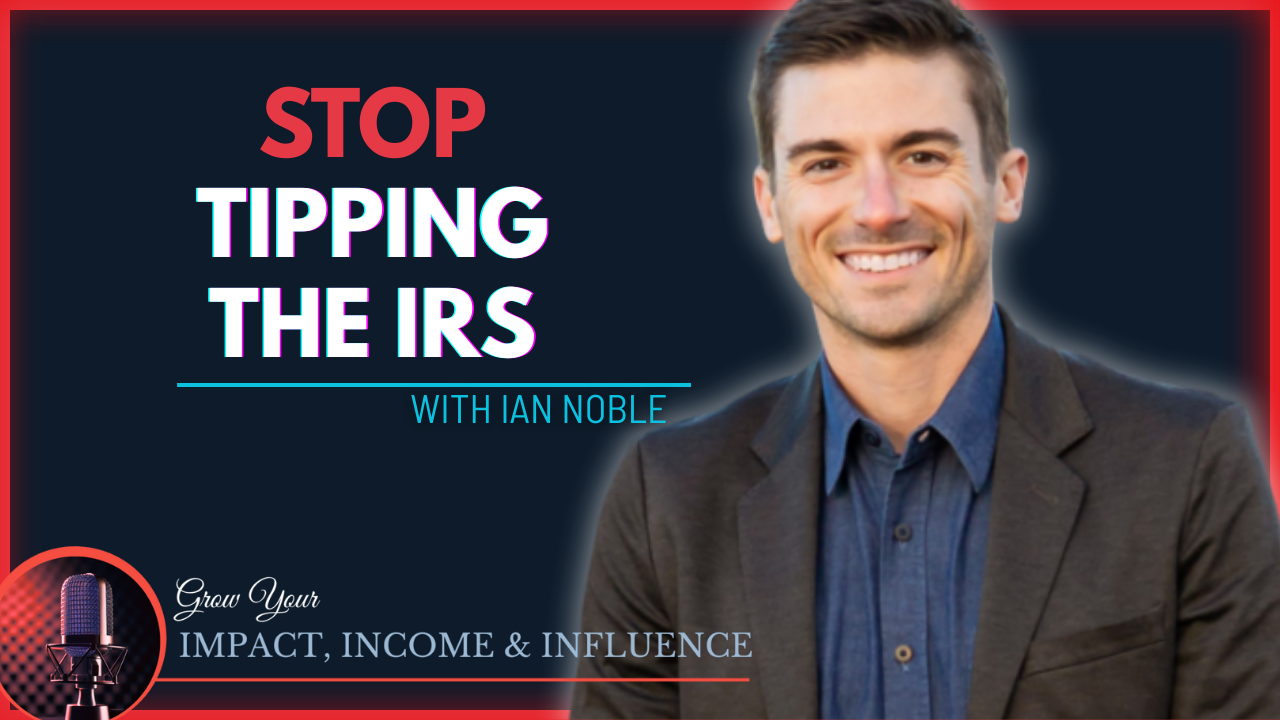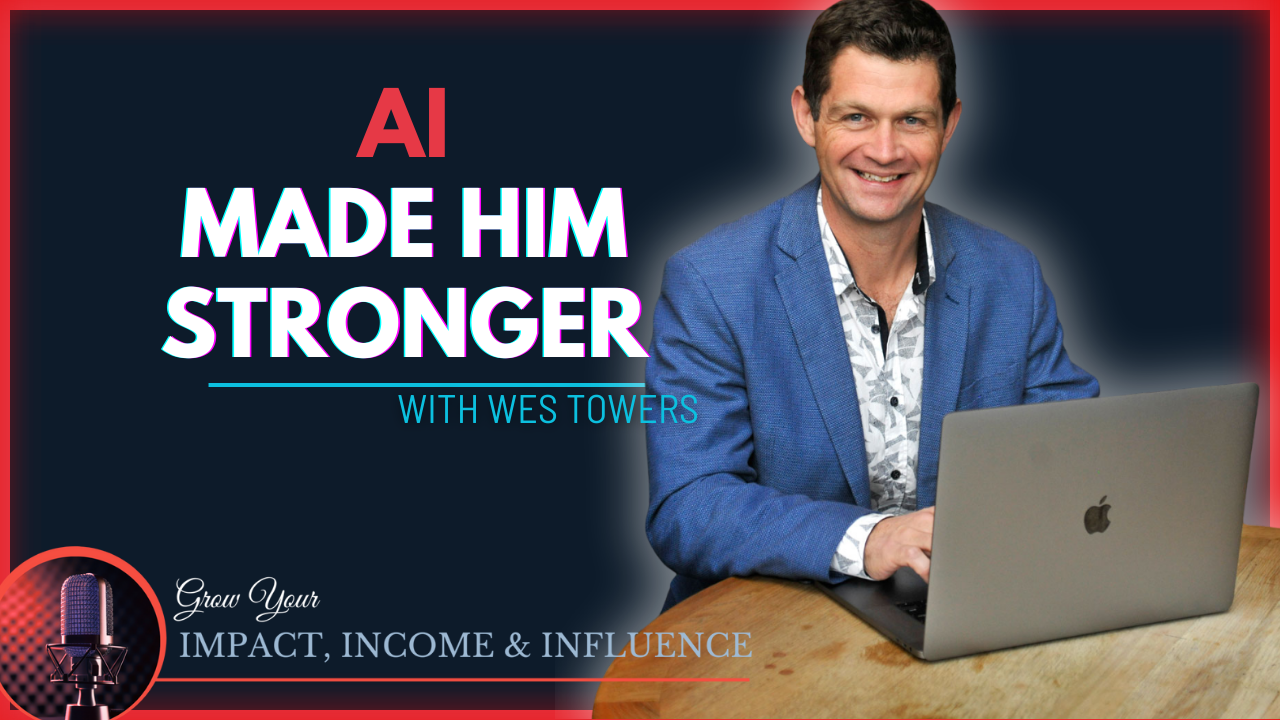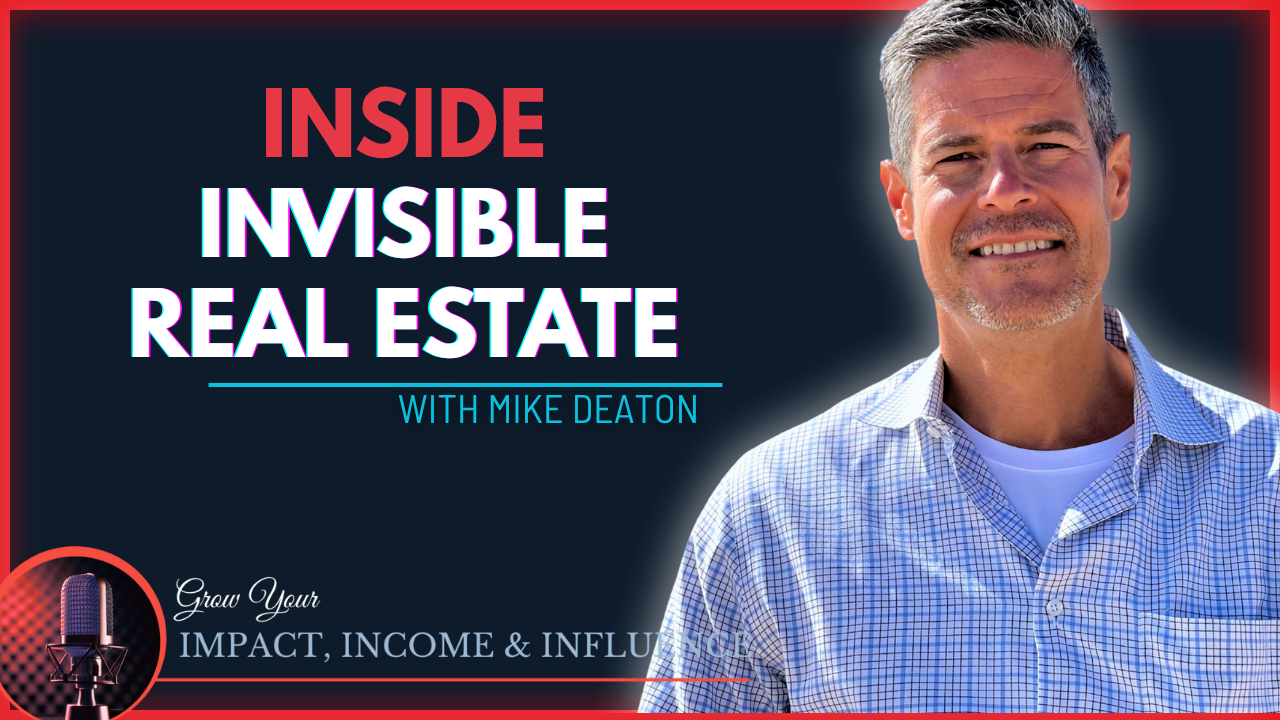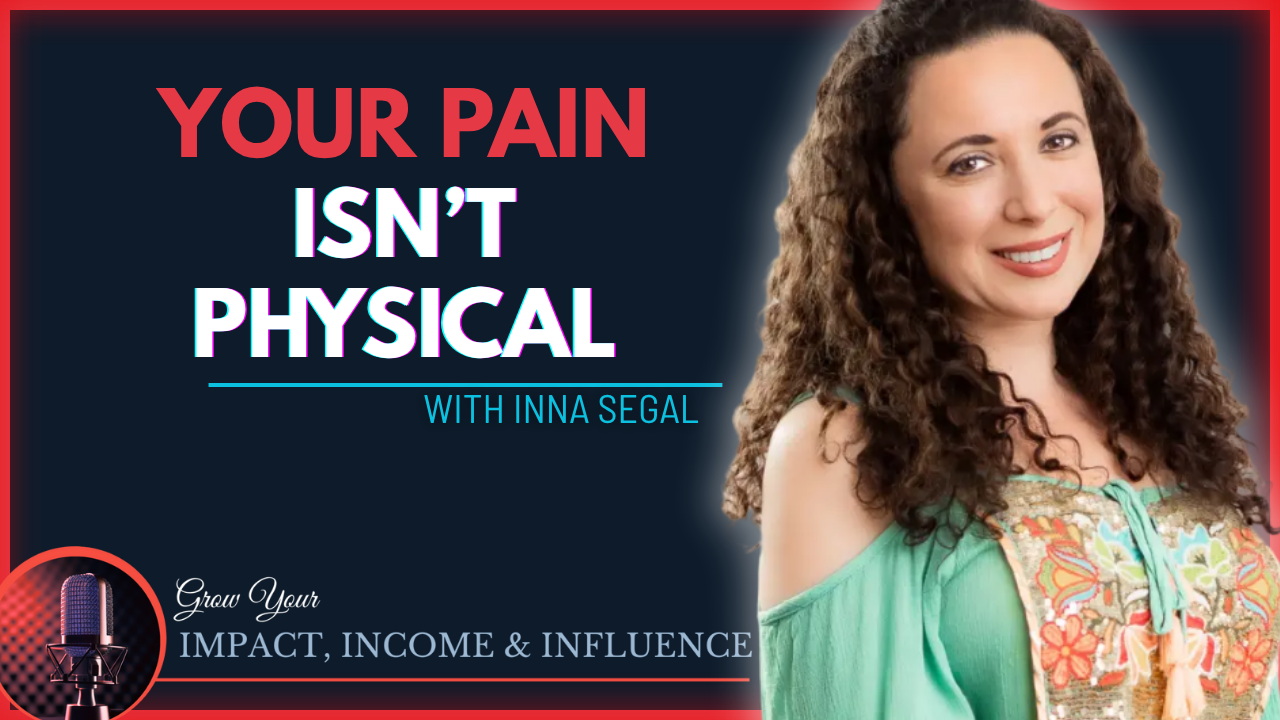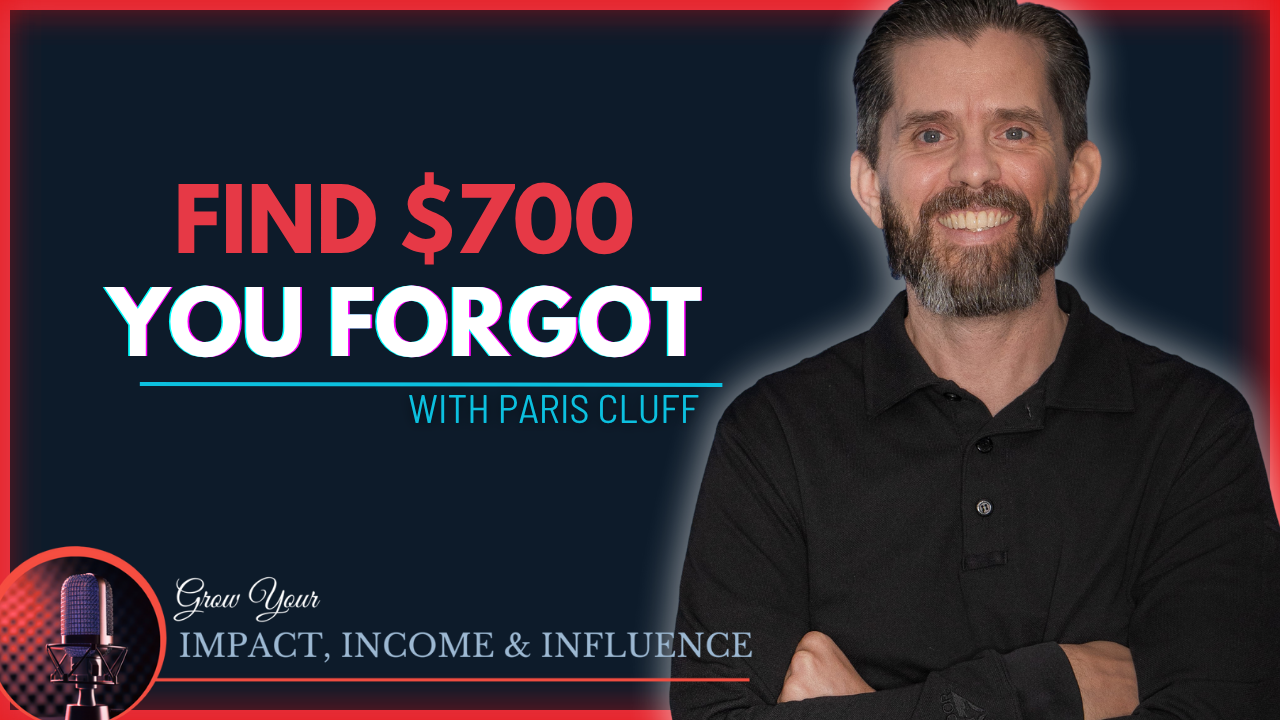Most sales teams obsess over their pitch deck, offer stack, and call-to-action timing. But there’s a hidden trigger working underneath all of it—one that quietly drives your conversions or kills them before you even get to the sale.
It’s emotional pacing.

And if you’re not designing your event to guide emotional energy from session to session, you’re leaving deals on the table—and creating burnout for your audience along the way.

Pop in your email below, and we’ll zip it straight to your inbox so you never lose it!
Why Emotional Intelligence Beats Raw Strategy
You can have the best sales pitches in the world, but if your attendees are overwhelmed, underwhelmed, or emotionally flatlined at the moment you make your offer, they won’t move.
That’s why emotional intelligence isn’t just a soft skill—it’s a sales tool.
Think about it: When you know how to respond to your emotions and the emotional state of others, you know how to get people engaged and keep them with you every step of the way.
This isn’t just about toxic people or how to deal with difficult personalities. It’s about knowing how to structure your event to prevent emotional problems that trigger withdrawal, skepticism, or that quiet “no” in the back of the room.
Common Mistakes That Kill Momentum
Here’s what most event organizers get wrong:
Back-to-back heavy sessions without breathing room.
A powerful keynote followed by a flat panel that kills the vibe.
Emotional whiplash that makes attendees mentally check out before your pitch.
These aren’t just pacing issues—they’re conversion killers.
You want people to think clearly and make the change, but when their brains are fried, they don’t take next steps. And they definitely don’t buy.
Tips for Dealing with Emotional Burnout
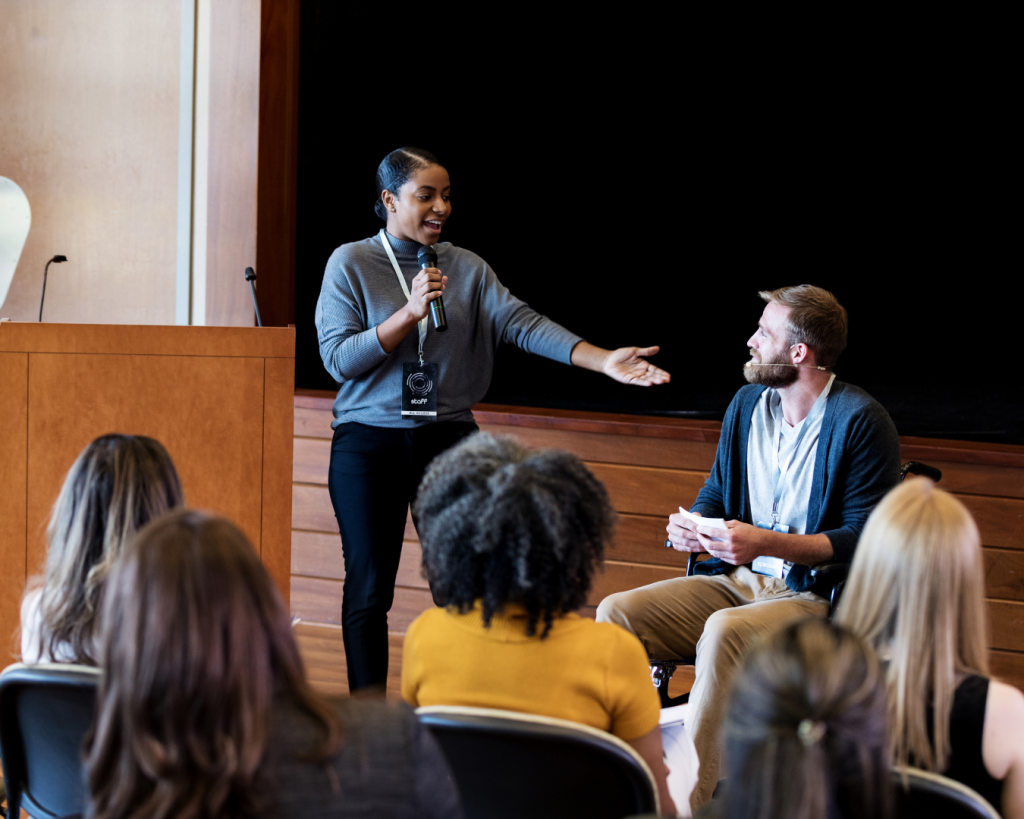
Let’s talk about tips for dealing with this at your next event.
Build in emotional recovery. This could be music, humor, guided networking, or reflection time after a powerful message.
Balance head and heart. Mix emotionally driven content with practical, get-things-done segments. Don’t stack one type too heavily.
Design a narrative arc. Think of your event like a movie. There should be a flow—conflict, resolution, climax—that drives belief and action.
Know how to manage energy. A strong emcee or facilitator helps keep people engaged and recalibrates the room when things dip.
Don’t take it personally. If engagement drops, don’t panic or overcompensate. You’re not trying to fix a personality disorder—you’re managing emotional pacing.
The Way to Help Your Buyers Say Yes
Emotional pacing isn’t just about making people feel good. It’s the way to effectively guide them through emotional pain, belief shifts, and finally to action.
When you know what you want from your audience and design the experience to get them there without making things worse, you’ll solve the problem they walked in with—and they’ll see you as the one who can help them go further.
This is the positive way to sell: using emotional flow to give people clarity, safety, and momentum.
It’s not manipulation. It’s healing process meets high-conversion design.

